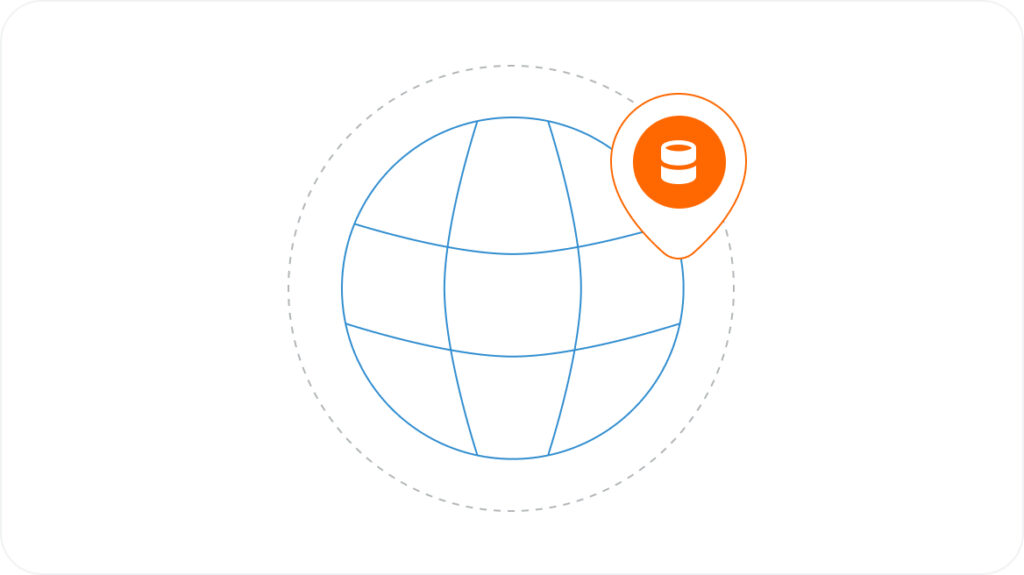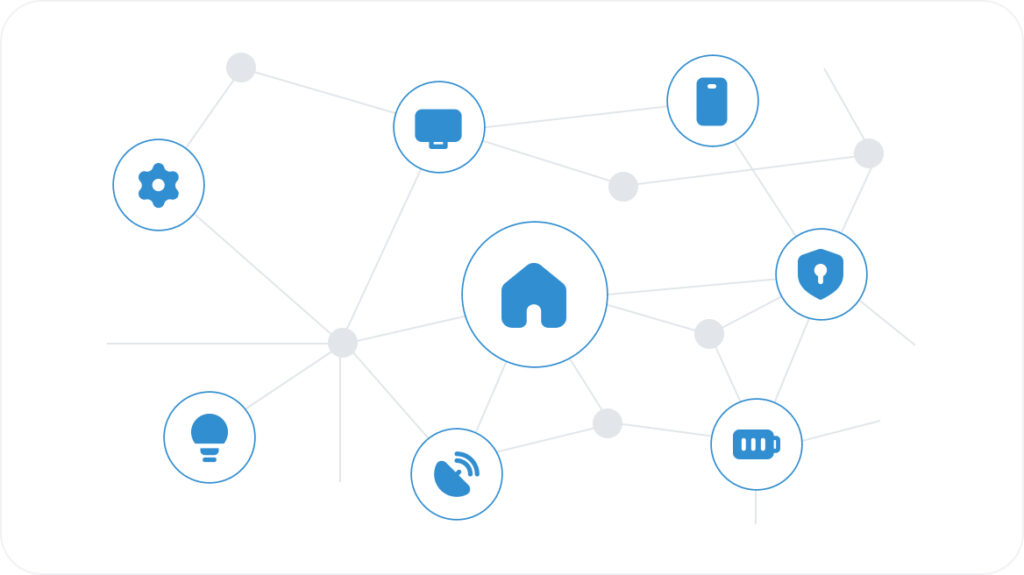

Obtain Insights From Geospatial Data With TigerGraph
Global Geospatial Analytics Market in 2017
CAGR of the Geospatial Analytics market to 2026
Percentage of C-level executives planning to invest in location data
Geospatial Analysis Is Becoming a Must-Have for Many Organizations

Legacy Systems Are Insufficient for Geospatial Analysis
Relational databases are poorly suited to geospatial analytics for several reasons: first of all, the data model is not designed for complex location-based analytics questions in real time; secondly, the geospatial analytics may rely on third-party index; and, in addition, there are no easy SQL queries to answer these complex location focused questions. Traditional geospatial analytics applications built on relational databases were not designed to address this challenge. Due to these challenges, many organizations have taken geospatial analytics into their core business intelligence modeling and are missing crucial insights as a result.
Read More

Database for Geospatial Analysis?
Uncover Insights From Geospatial Data Using Deep Link Analytics

Get Insights From Geospatial Data Using Real-Time Analytics

Uncover Insights From Geospatial Analysis of Internet of Things Data

